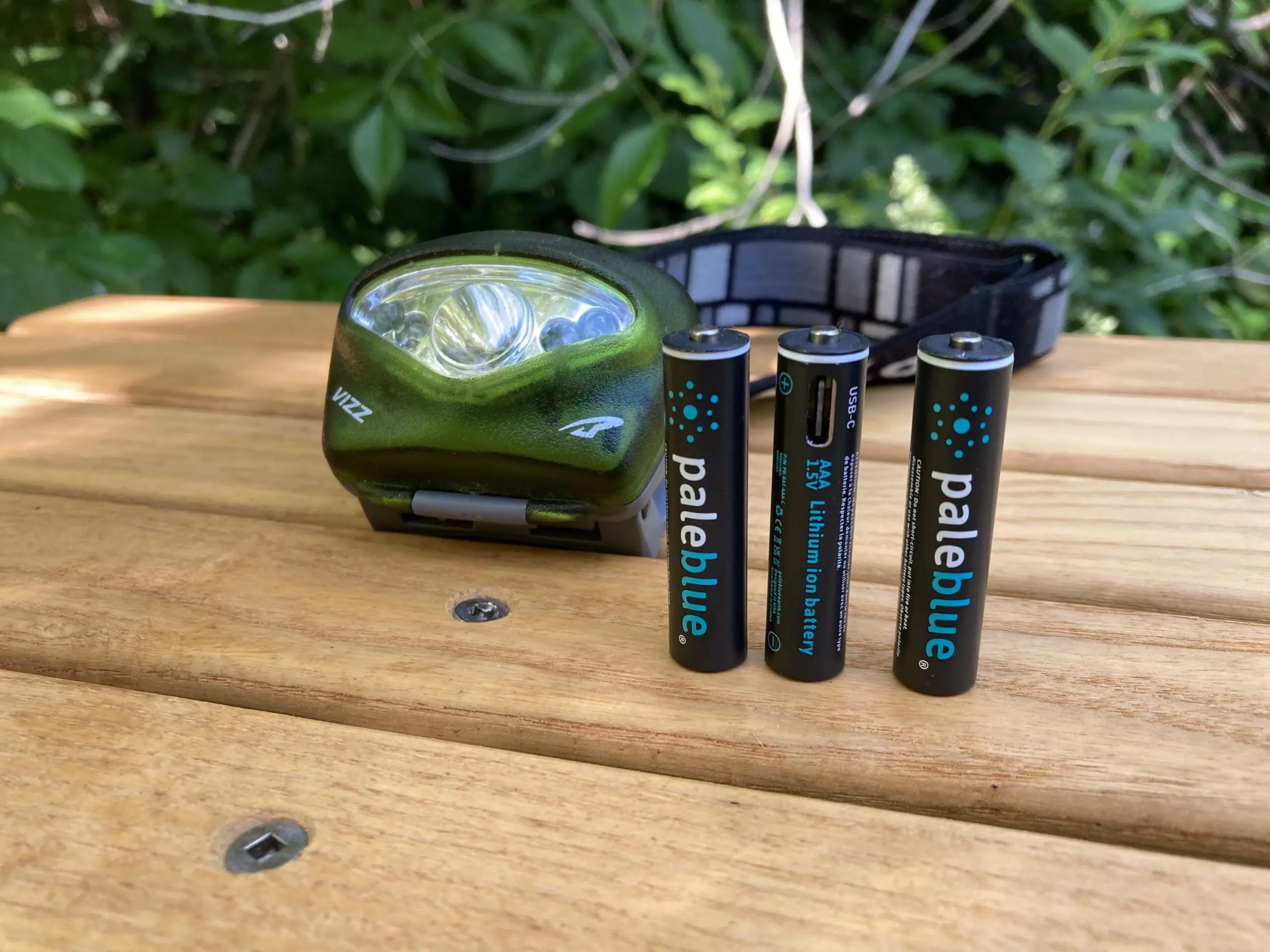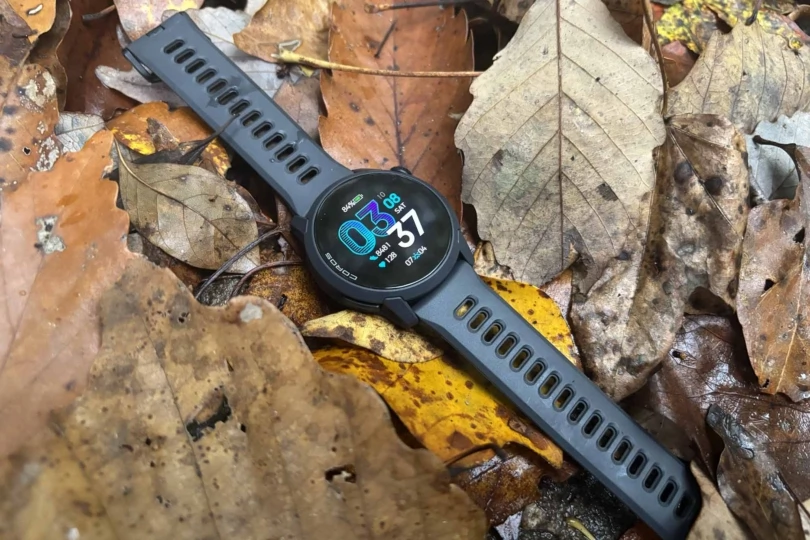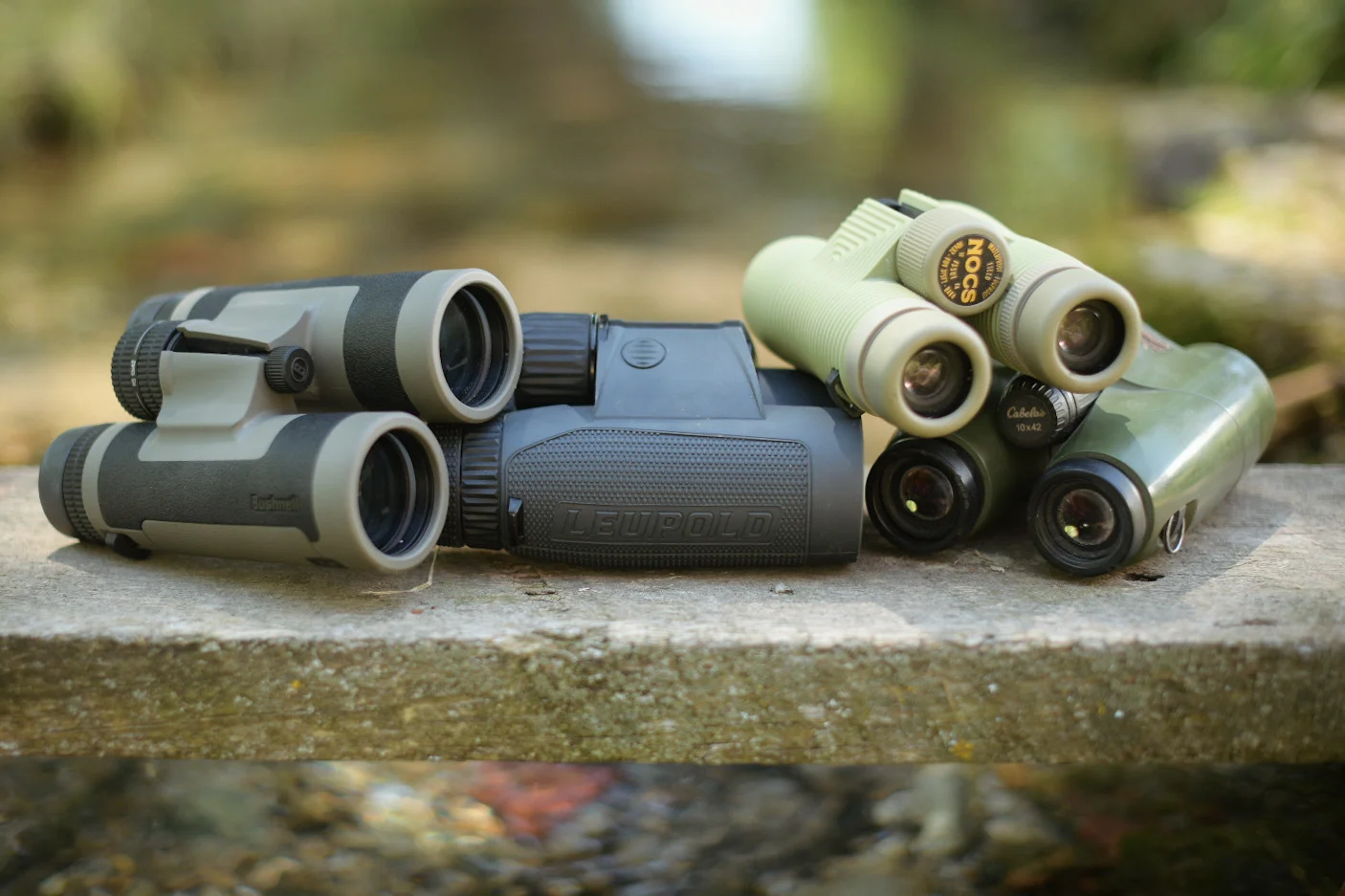My first time using rechargeable AA batteries was while trekking in Nepal for almost 2 months in 1999. I had a 1.41-megapixel Olympus digital camera and suspected batteries would be hard to come by along the Annapurna Trek I was about to embark on.
I bought a solar charging kit that held four AA batteries along with eight rechargeable AA batteries from REI. The solar kit I strapped to the top of my pack to charge a set while trekking, while the other set was in the camera. Each evening, I swapped the batteries out.
That system just barely worked. The batteries were pretty dead by the end of each day. It was an unfortunate combination of the nickel-metal hydride (NiMH) chemistry and the limited amount of power they were able to get from the sun. Once back home from that trip, I never used those batteries or that charging system again.
Since then, a number of AA and AAA rechargeable battery systems have hit the market. But the common limitations — requiring a specific charger, and the NiMH chemistry — are still an issue with many of them. Pale Blue Earth launched its own version of rechargeable batteries claiming to have solved or worked around some of those problems. I got my hands on a set to test them out for myself.
In short: The rechargeable AA and AAA batteries from Pale Blue Earth are a step in the environmentally right direction. They don’t have as much battery life or power as a standard alkaline or lithium battery. And the brand’s claim that every charge equates to a AA or AAA battery being diverted from the waste stream might be somewhat hyperbolic. But they do work better than other brand-name rechargeable batteries, charge faster, and use a standardized charger. Overall, for people who are tired of throwing batteries out, and want a more sustainable solution, these Pale Blue Earth rechargeable AA and AAA batteries are a good option. They just have their limitations.
Pale Blue Earth USB Rechargeable AA and AAA Batteries Review
Every single year, people throw away over 3 billion batteries in the U.S. alone. That comes out to some 180,000 tons of hazardous waste material entering landfills annually. And as those batteries corrode over time, the chemicals inside of them leech into the soil and water.
That’s why the shift toward rechargeable batteries like Pale Blue Earth’s is so important. The average American household goes through about 7.5 alkaline batteries a month. If everyone had access to functional, high-quality rechargeable batteries, that number would come down drastically — and the environmental impact would be enormous.
Modern Rechargeable Batteries
Pale Blue Earth’s whole mission is to address the environmental problems with disposable batteries. The brand wanted to make batteries that met the needs of users, without bringing the planet down. And in the 20 years since it started along that path, rechargeable battery technology has advanced a lot.
Like Pale Blue Earth’s C, D, and 9V batteries, its AA and AAA batteries have a USB-C plug-in on the side of the battery itself. The batteries ship with a very convenient USB-A to a four-way USB-C splitter making it easy to charge all four batteries in the pack at once.
I appreciate this recent progressive step to USB-C on the batteries. Previous Pale Blue Earth versions used a micro-USB, which is still available on a 9V battery size. The next step will hopefully be a USB-C option on the source end of the charging cable.
Battery Chemistry & Comparing Competitors
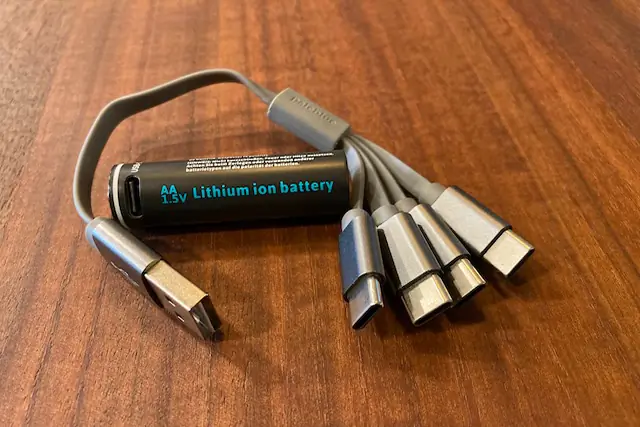
The lithium-ion chemistry used in Pale Blue Earth rechargeable batteries is one of the most stable and safest in the industry. This is why it’s become the standard in most modern rechargeable batteries.
Pale Blue Earth claims these batteries have 1,000 charge cycles. The brand says that equates to preventing 1,000 alkaline batteries from being used and disposed of.
But, consider this: Pale Blue Earth’s AA lithium-ion rechargeable batteries only have a capacity of 1,700 milliampere hours (mAh). That unit, mAh, measures the energy charge a battery can hold and how long its juice will last. Compared to Pale Blue Earth’s AA batteries, alkaline AA batteries hold 2,850 mAh, and straight-up lithium AA batteries can hold as much as 2,700-3,300 mAh.
I believe Pale Blue Earth’s AA and AAA batteries would last for 1,000 charge cycles (if you can avoid losing or damaging them for that long). But the claim that each charge cycle equates to preventing an alkaline or lithium-ion battery from entering the landfill seems like a bit of a stretch.
Compared to Duracell’s rechargeable NiMH AAA rechargeable batteries, though, Pale Blue Earth’s have a notable edge. Duracell’s rechargeable batteries advertise 900 mAh and 400 charge cycles. Energizer has its own version of these batteries also. They have 2,300 mAh, but only last several hundred charge cycles.
So, the Pale Blue Earth lithium-ion chemistry is at least on par with its competitors. Granted, they are also significantly more expensive than both of those options, at $30 for a four-pack.
Pale Blue Earth Rechargeable Batteries: Charge Time
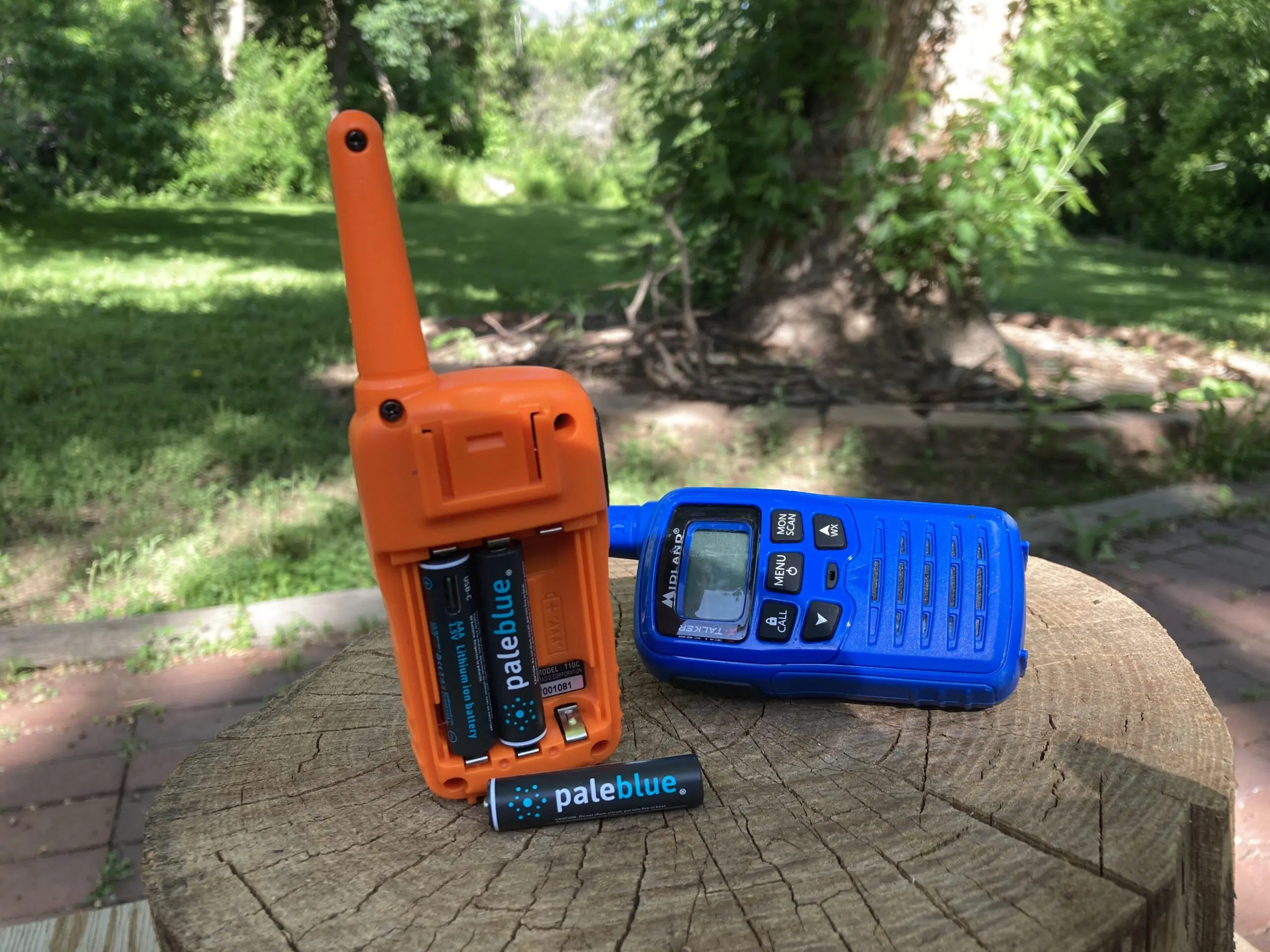
Another aspect where lithium-ion really shines compared to its NiMH competitors is in the charge time. Some brand-name NiMH AA batteries can take nearly 7 hours to charge fully.
From what we’ve seen in testing, the rechargeable AA batteries from Pale Blue Earth will charge in about an hour. That makes a big difference for users who are powering things like cameras or flashlights with them. Being able to recharge your batteries quickly greatly enhances their usability.
And, if you’re using them often and charging them frequently, you are saving lots of battery waste from entering the landfill.
Field Testing
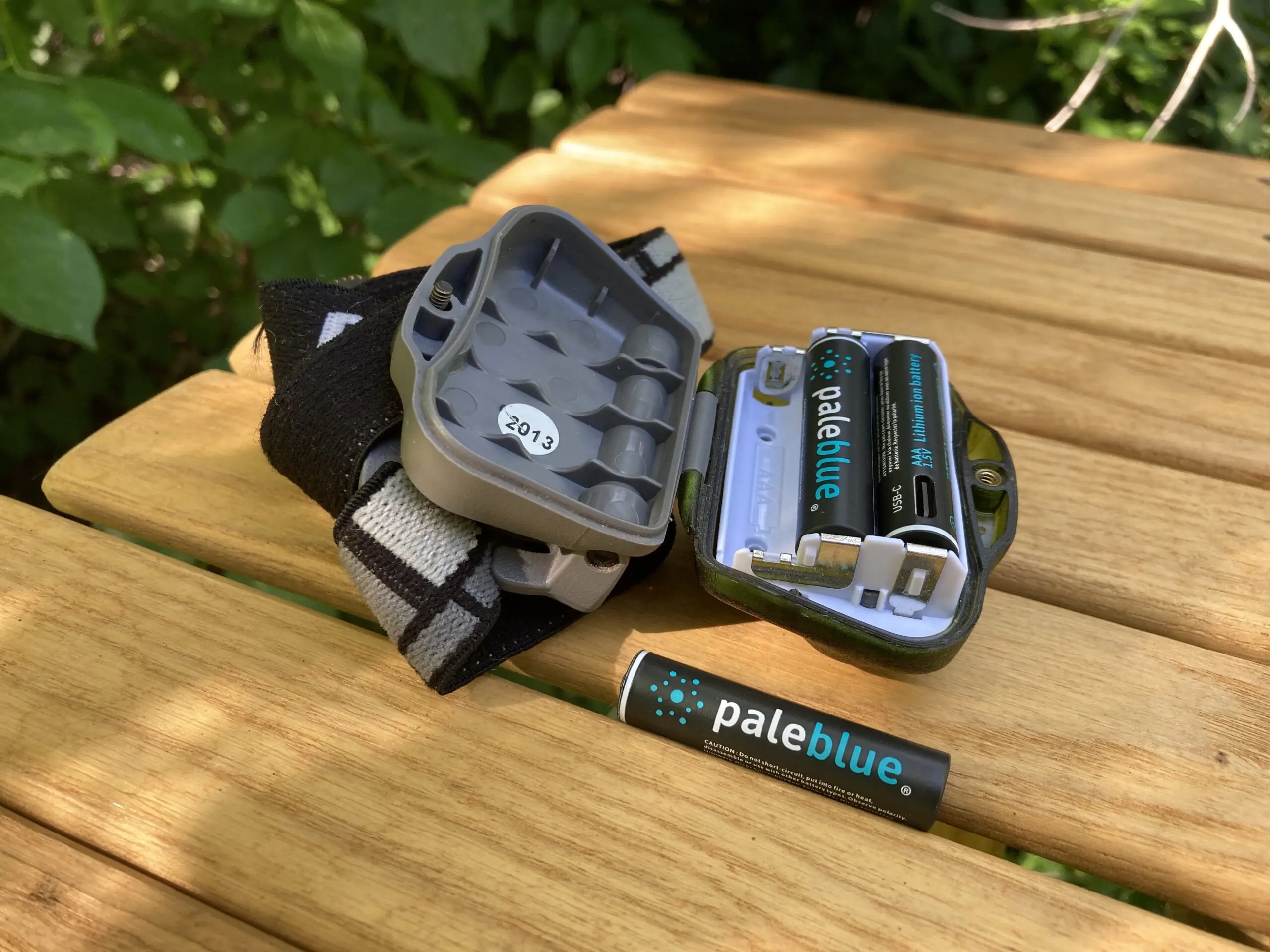



Use Cases: Outdoor Gear
My kids love using walkie-talkies on our adventures. The kid-specific radios do not have rechargeable batteries, so installing Pale Blue Earth’s batteries was a perfect upgrade for those radios. We have taken them on half a dozen adventures, including a 3-day ski hut trip and I haven’t had to replace or recharge the batteries yet.
Unfortunately, the Pale Blue Earth AAA batteries did not do very well in my headlamp tests. I tested two different headlamps, from different brands. The first headlamp can only take AAA batteries. A set of normal (disposable) alkaline batteries at the highest setting lasted for 4 hours before the amount of light dimmed to the point where I would want to refresh the batteries.
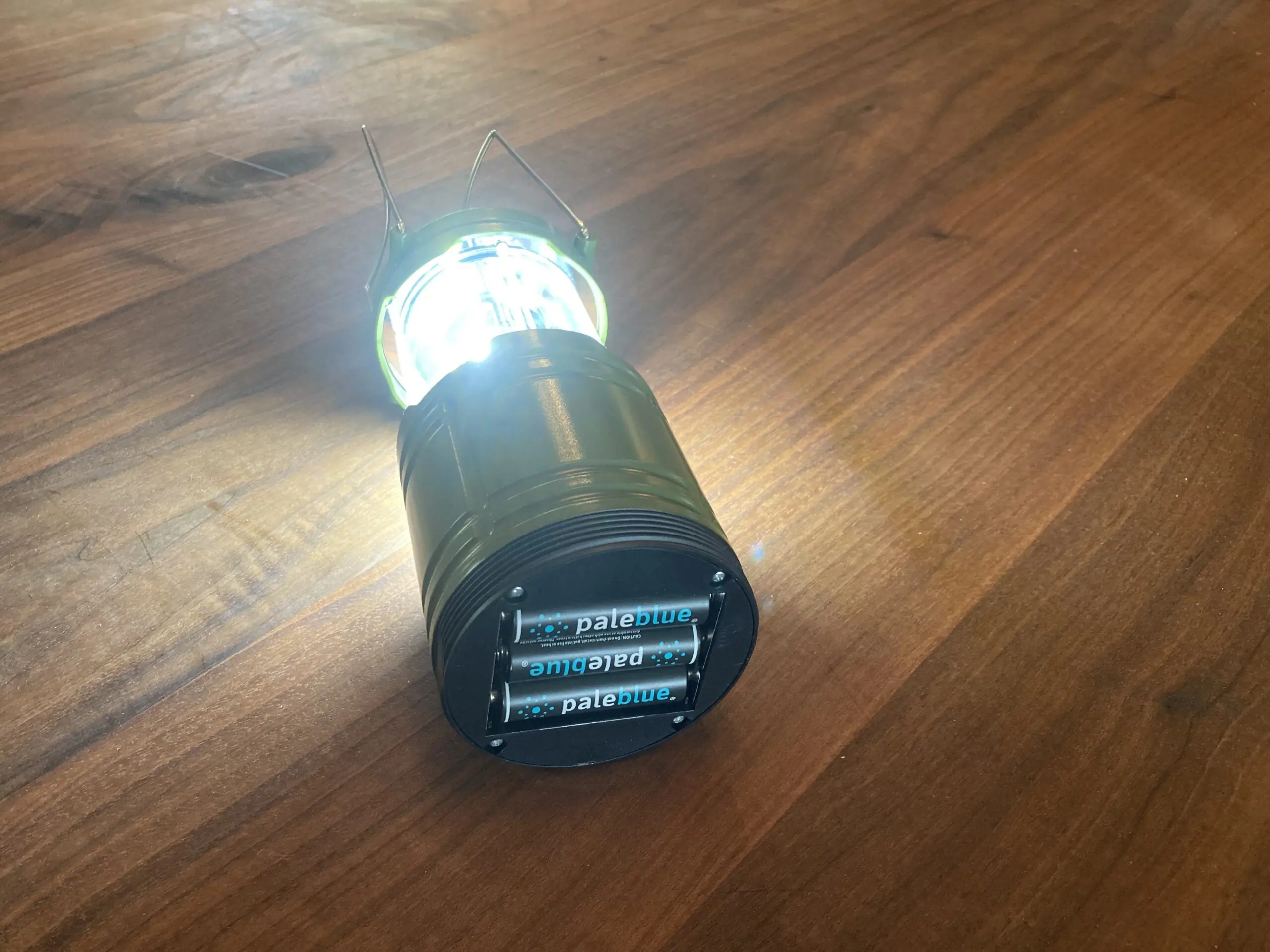



The Pale Blue Earth AAA batteries, by comparison, barely lasted half an hour on the same setting. Fifteen minutes into the test, the light dimmed significantly, and then the light would get bright for a moment and then go back to dim again. The headlamp was clearly struggling with the power delivery of the Pale Blue Earth battery chemistry. By 20 minutes, the light was very dim and by 30 minutes, it was out.
The second headlamp came with a proprietary rechargeable lithium-ion battery (1,250 mAh) the same size as three AAA batteries. A set of three alkaline batteries in this headlamp on its brightest setting (350 lumens) lasted 24 hours. The Pale Blue Earth batteries lasted a little longer in this headlamp, but only about 45 minutes.
Like the first test, the light dimmed about 20 minutes into the test. Then around 30 minutes, the light would go bright for a few seconds and then back to dim. After this test, I wouldn’t recommend Pale Blue batteries as primary or backup batteries for headlamps.
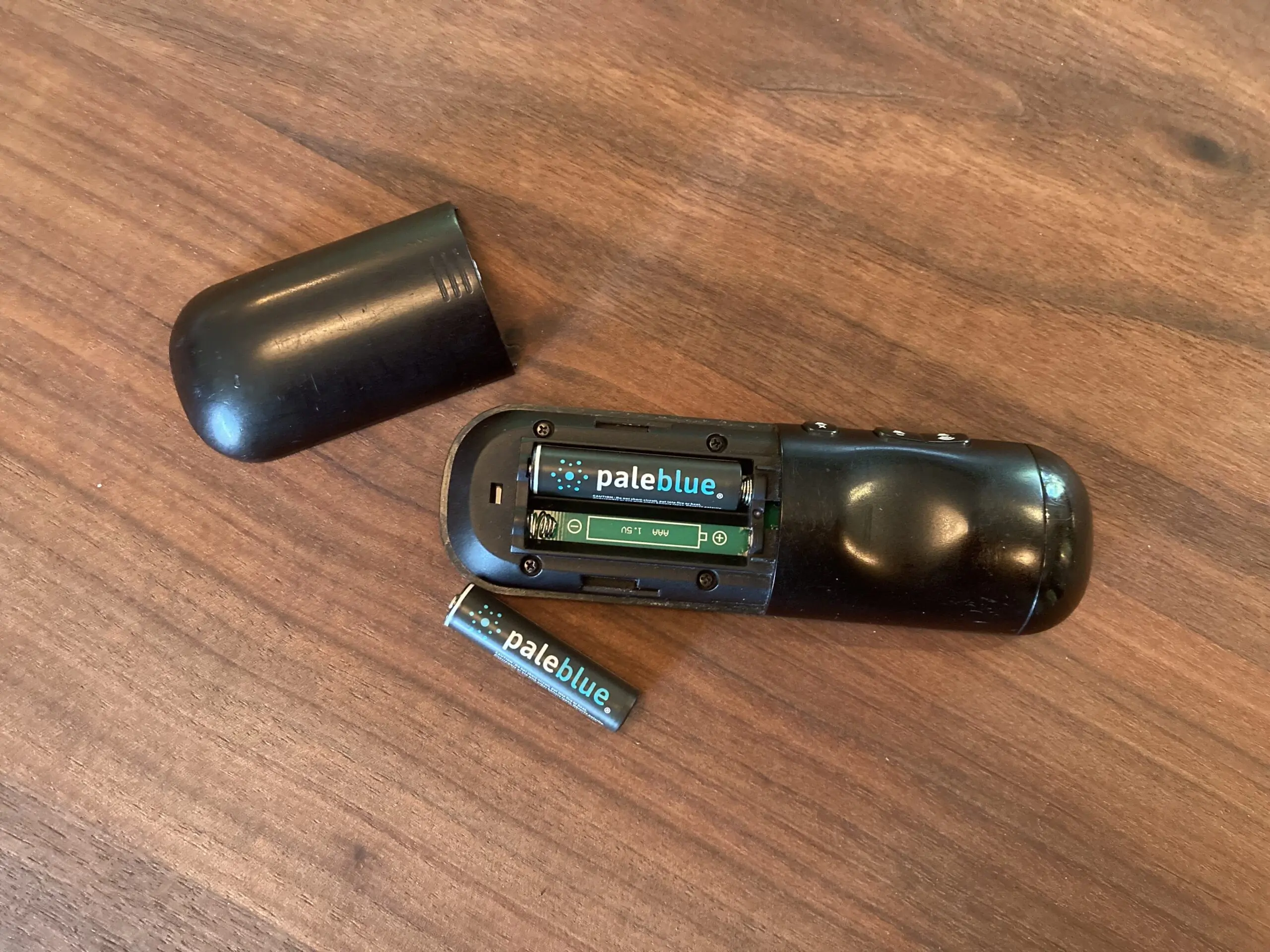



Use Cases: Around the House
There are also plenty of use case opportunities for the batteries around the house, beyond outdoor adventure. During testing, we found the Pale Blue Earth rechargeable batteries to work equally well in TV remotes, Lego trains, small R/C cars, and in a small AA-powered AM/FM radio I still use at my workbench in the garage.
Most of these case uses have a very low draw. So, the slightly smaller battery capacity isn’t really noticeable. However, our Lego train has been burning through standard alkaline batteries pretty quickly. I feel much better about being able to just plug them in to recharge them instead of adding to a once fast-growing bin of used batteries that needed to be discarded.
Use Case Limitations
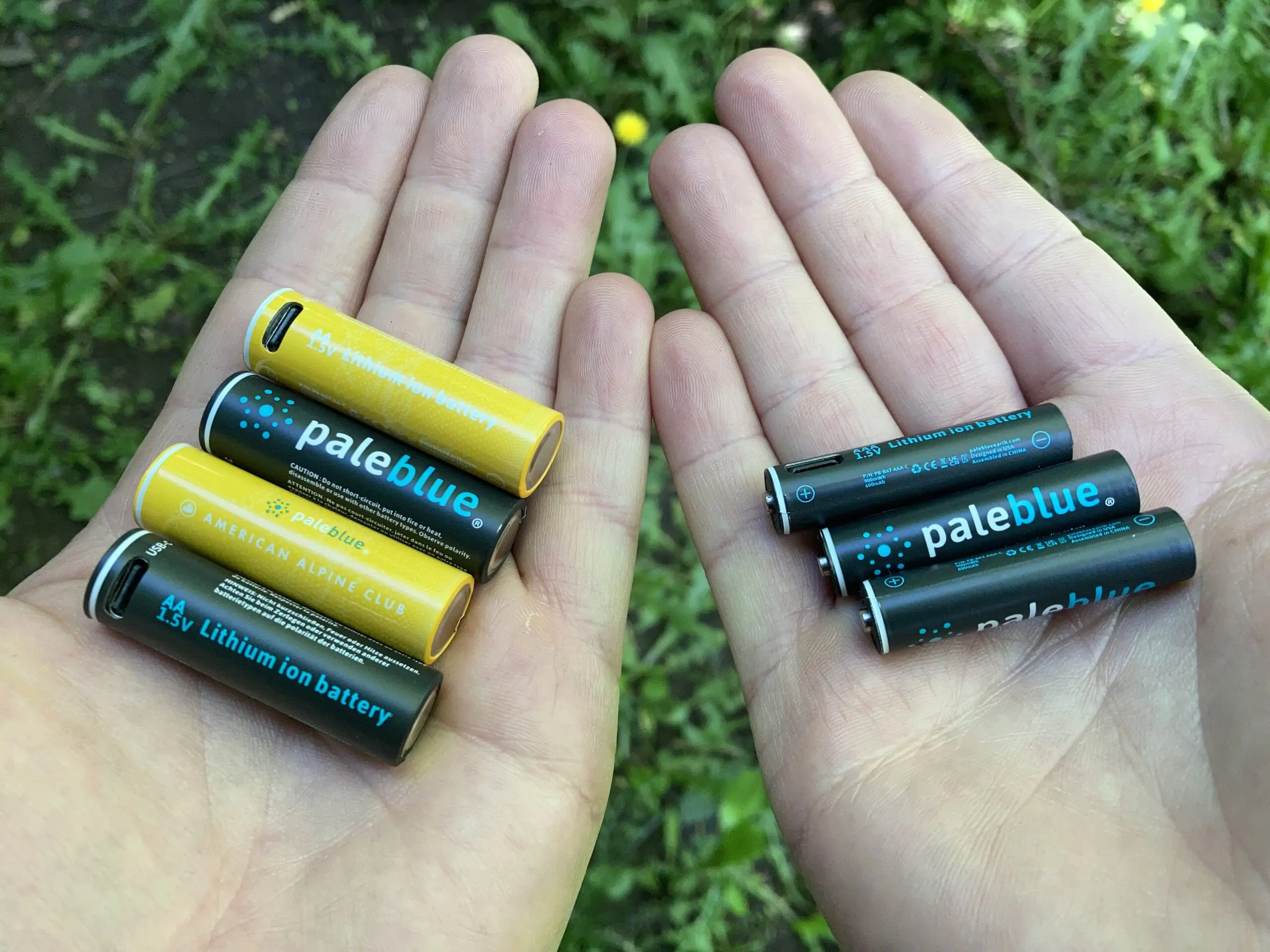



Unfortunately, lithium-ion batteries cannot be used everywhere alkaline batteries can. For example, the Pale Blue Earth website warns not to use rechargeable lithium-ion batteries in safety-related devices like smoke detectors and carbon monoxide detectors in your home.
The same limitation can apply to the non-rechargeable 3,500 mAh pure lithium batteries, though. Some devices just have to use batteries with alkaline chemistry. The Pale Blue Earth website recommends checking the instructions of the device you want to use the batteries in beforehand.
Avalanche safety beacons are another piece of safety equipment Pale Blue Earth warns against using its batteries in. That isn’t mentioned on the website, but Pale Blue Earth told me directly that these batteries were not designed for avy beacons. Which is unfortunate. Most avy beacons recommend replacing the batteries as soon as they’re below 40%. Being able to recharge them would save a lot of waste.
However, if you’re someone who uses an avy beacon a lot and is tired of prematurely swapping batteries before they’re totally depleted, you might be in luck anyway. Ortovox has released a rechargeable avalanche beacon called the Diract Series.
Pale Blue Earth Rechargeable AA & AAA Batteries: Conclusion




While lithium-ion rechargeable batteries are not yet suited for every situation, there are a lot of instances where they have proven to be very handy. Both logistically in not needing to go buy more disposable batteries and ecologically, minimizing the amount of battery waste produced.
They’re great for walkie-talkies, remotes, GPS units, and toy trains. They aren’t great for headlamp use or lanterns. And they’re expressly forbidden from being used in smoke detectors and avy beacons.
And while every one of the Pale Blue Earth rechargeable AA or AAA lithium-ion batteries may not keep as many as 1,000 disposable batteries out of the waste or recycling stream, they can certainly make a huge difference. Every time you recharge one, you’ll have the satisfaction of knowing you didn’t have to throw away a disposable battery.
